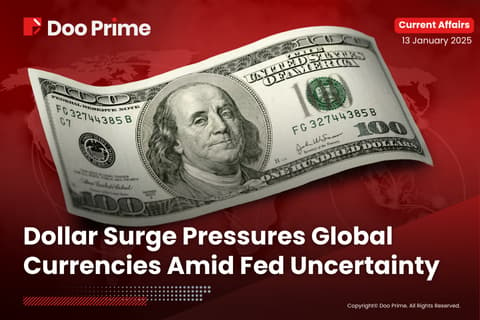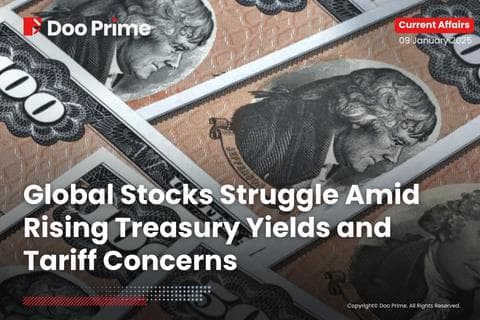WORLDWIDE: HEADLINES
China’s Q1 GDP Beats Forecast, But March Activity Heightens Risks To Outlook
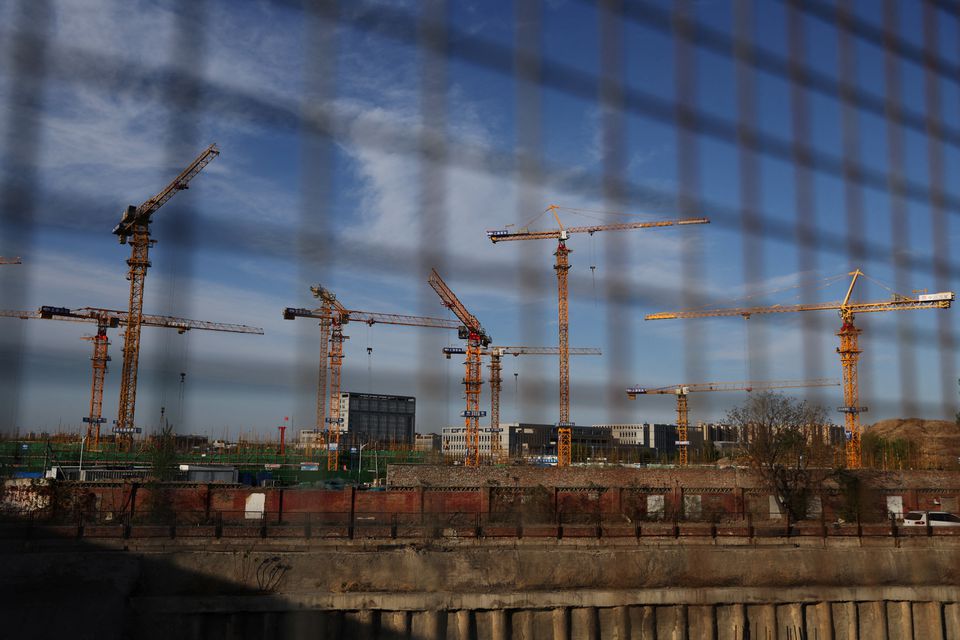
China’s economy grew at a faster than expected clip in the first quarter, data showed on Monday, expanding 4.8% year-on-year, but the risk of a sharp slowdown over coming months has risen as sweeping COVID-19 curbs and the Ukraine war take a heavy toll.
The downturn in activity was evident in March indicators, which showed a sharp hit to demand and suggests a hard grind ahead.
Gross domestic product (GDP) in January-March had been forecast to expand 4.4% from a year earlier, according to a Reuters poll of analysts, picking up from 4.0% in the fourth quarter last year.
On a quarter-on-quarter basis, GDP rose 1.3% in January-March, compared with expectations for a 0.6% rise and a revised 1.5% gain in the previous quarter.
Heightened global risks from the war in Ukraine, widespread COVID-19 lockdowns and a weak property market are putting a choke hold on the world’s second-largest economy, and some economists say the risks of a recession are rising.
Separate data on March activity showed retail sales plunged last month on an annual basis on widespread COVID curbs across the country. It fell 3.5%, well below expectations for a 1.6% decrease and an increase of 6.7% in January and February.
The industrial sector held up better than expected with production expanding 5.0% from a year earlier, compared with forecasts for 4.5% gain. That was still down from a 7.5% increase seen in the first two months of the year.
Fixed asset investment increased 9.3% year-on-year in the first quarter, compared with the 8.5% increase tipped by the Reuters poll but down from 12.2% growth in the first two months.
Analysts say April data will likely be worse, with lockdowns in commercial centre Shanghai and elsewhere dragging on.
The job market is already showing signs of stress. China’s nationwide survey-based jobless rate stood at 5.8% in March, the highest since May 2020, and up from 5.5% in February.
Full coverage: REUTERS
Analysts See Less Room For China Rate Cuts After ‘Conservative’ RRR Cut
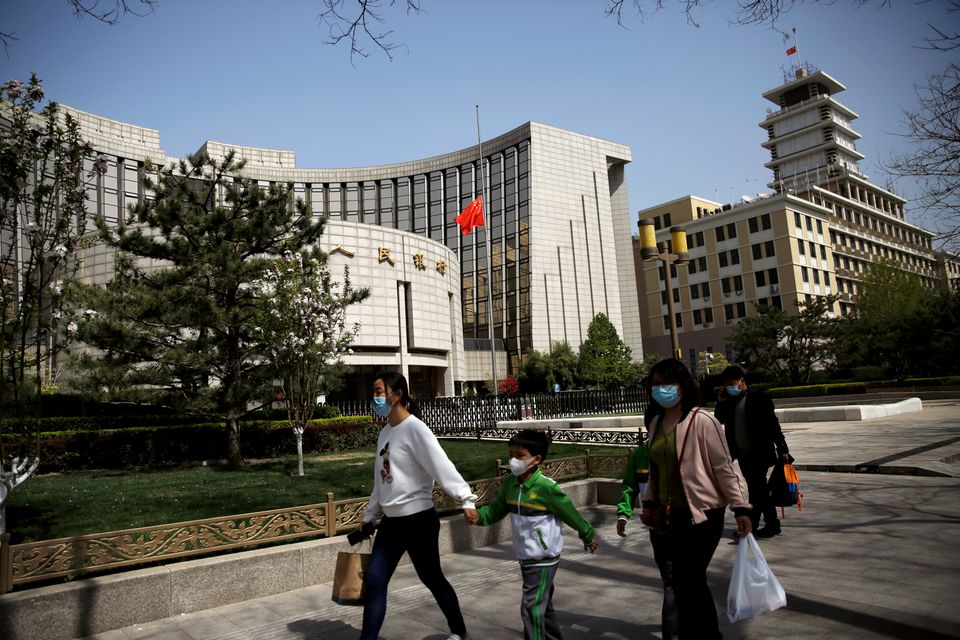
The smallness of a cut to the amount of money Chinese banks must hold in reserves may reflect concern by the Chinese central bank over inflation and U.S. monetary tightening, making further interest rate cuts less likely, analysts say.
The People’s Bank of China (PBOC) on Friday announced a 25-basis-point (bp) cut to banks’ reserve requirement ratio (RRR) from April 25, releasing about 530 billion yuan ($83.16 billion) in long-term liquidity. It said the move would help banks support industries and firms affected by surging COVID-19 cases.
While the cut was widely expected, it was smaller than the usual 50 or 100 bps cut and came after the central bank left its medium-term lending-facility rate unchanged while rolling over maturing loans on Friday.
Goldman Sachs analysts identified what “appeared to be the key considerations behind this more conservative move.”
The PBOC seemed to be concerned about spillover effects as other countries raised interest rates, they wrote. Other analysts have pointed to one such spillover: drawing capital away from China, which a Chinese rate cut would exacerbate.
Also, Goldman Sachs analysts said, the PBOC seemed to be concerned that cutting interest rates would not have much effect on an economy in which credit demand was weak and the outlook for inflation uncertain.
Since such concerns were unlikely to abate soon, the analysts no longer expected a cut in the central bank’s policy rate or a further RRR cut. They added that a cut on Wednesday in the loan prime rate, the benchmark for corporate and household lending, was unlikely.
Policymakers might be more inclined to boost growth with more fiscal measures and targeted easing through relending and rediscounting, they said.
Analysts at Citi said a small 5 bps cut to the 1-year loan prime rate on April 20 remained possible, but that policymakers would prioritise credit expansion over interest rate reductions.
A top Chinese regulatory body is encouraging some banks to lower deposit rate ceilings, two sources with direct knowledge of the matter said on Friday.
Full coverage: REUTERS
WORLDWIDE: FINANCE/BUSINES
Tech Stocks Drag Indian Shares Lower; Infosys Hits 8-month Low
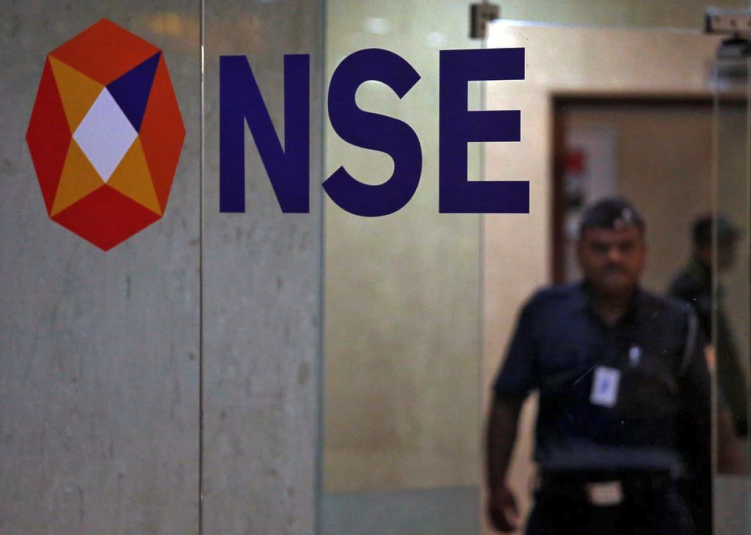
Indian shares touched three-week lows on Monday, hammered by losses in IT stocks after Infosys crashed 9% on missing March-quarter profit estimates, while inflation concerns globally also weighed on investors’ sentiment.
The NSE Nifty 50 index (.NSEI) fell 1.89% to 17,142.50, as of 0445 GMT, while the S&P BSE Sensex (.BSESN) slid 2.15% to 57,089.44. In a holiday truncated week, both indexes logged weekly losses of more than 1.5% each, last week.
On Monday, top software services provider Infosys (INFY.NS) slumped 9.1% to an eight-month low.
The firm’s consolidated net profit for the March quarter was 56.86 billion rupees ($744.24 million), lower than analysts’ expectation of 59.80 billion rupees.
That dragged the Nifty’s IT sub-index (.NIFTYIT) down more than 4%, making it the biggest decliner among major sub-indexes.
Last week, rival Tata Consultancy Services (TCS.NS) also slightly missed estimates. Its shares slid 3.5% to a one-month low on Monday.
“It was a weak set of numbers from Infosys and TCS also was a disappointment; the companies are under a lot of cost pressure and this will affect mid-cap stocks and we will see a valuation reset,” said Saurabh Jain, assistant vice president at SMC Securities.
Mindtree (MINT.NS) was down 5% ahead of March quarter results.
Beyond IT stocks, India’s top private-sector lender HDFC Bank (HDBK.NS) extended losses to an eighth session, slipping 3.5% after it posted March quarter results over the weekend.
The bank’s net interest margin, a key measure of profitability, contracted due to rise in share of corporate loans and slower growth in credit cards and auto loans, brokerage Jefferies said in a note.
Meanwhile, several markets in Asia and Europe were closed on Monday. U.S. equity futures, however, declined amid a rise in oil prices due to the deepening crisis in Ukraine.
“Globally, inflation concerns continue to be on investors’ minds; any new developments on the Russia-Ukraine situation would be a key deciding factor going forward,” Jain added.
Full coverage: REUTERS
Japan’s Yen Bounces Briefly After Kuroda Comments
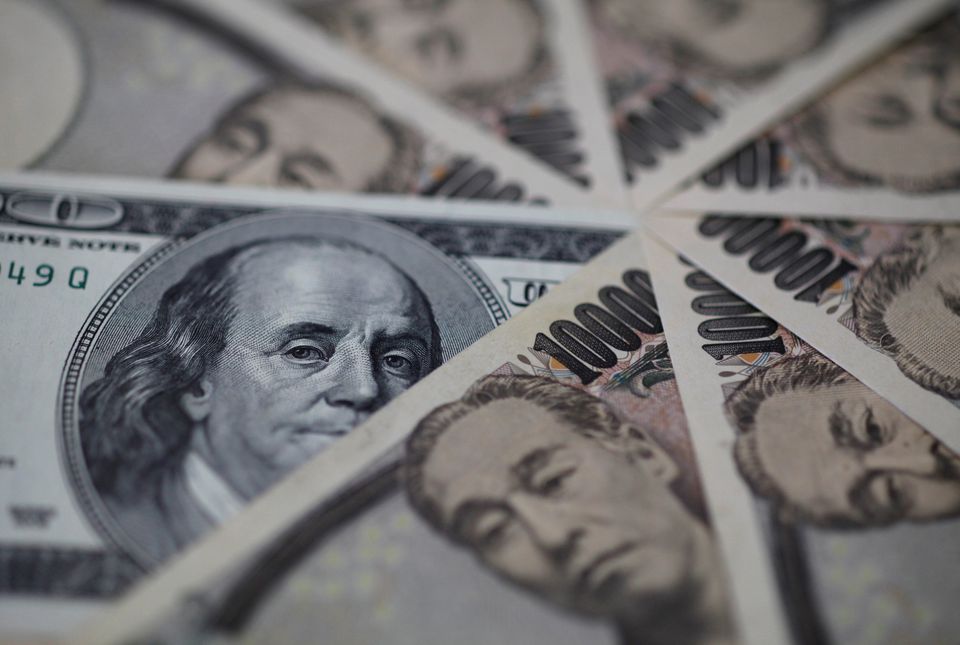
The yen won a brief reprieve after hitting fresh two-decade lows from Japanese policymaker comments on Monday, even as holidays confined the U.S. dollar to narrow ranges against most other currencies.
The yen fell to a two-decade low of 126.795 in early Asian trading, before both Bank of Japan Governor Haruhiko Kuroda and Finance Minister Shunichi Suzuki voiced concerns and caused it to bounce as far as 126.25. But the rally proved short-lived and it was soon back around 126.57.
With the Easter holiday in Australia, Hong Kong and other parts of Asia dulling trade in other currencies, the dollar remained strong and supported by a hawkish Federal Reserve while the euro was hamstrung by a lack of clarity on when rates in the euro zone would rise.
At Monday’s lows, the yen was nearly 10% weaker than where it was at the beginning of March. It fell nearly 2% against the dollar last week, marking a sixth straight losing week.
Win Thin, head of currency strategy at BBH Global Currency Strategy, said the dollar didn’t seem to have significant chart points halting a potential further run-up against the yen until a 2002 high near 135.15.
“We see low risk of FX intervention. Until the BOJ changes its ultra-dovish stance, the monetary policy divergence argues for continued yen weakness and intervention would likely have little lasting impact,” Thin wrote.
Japanese policymakers have been vocal about their concerns around the falling yen, particularly after it slipped to the weaker side of 125 per dollar on April 11.
While expectations are for the Bank of Japan to acknowledge rising inflationary pressures at the upcoming April 27-28 monetary policy review and not do more, analysts say the weak yen piles pressure on Kuroda to tweak its zero-rates, yield curve control policy soon.
Kuroda made clear on Monday that while a weak yen could impact corporate profits, it was premature to debate any exit from that easy policy.
Japanese Prime Minister Fumio Kishida said on Friday the central bank’s monetary policy is aimed at achieving its 2% inflation target, not at manipulating currency rates.
Finance Minister Suzuki has spoken several times in the past weeks, warning that a weak yen is “bad” for Japan’s economy if rising costs of raw materials cannot be passed onto prices of goods sold.
Full coverage: REUTERS
Oil Prices Rise On Supply Concerns As Ukraine Crisis Deepens

Oil prices rose on Monday as concerns grew about tighter global supply, with the deepening crisis in Ukraine raising the prospect of heavier sanctions by the West on top exporter Russia.
Brent futures were up $1.50, or 1.3%, at $113.20 a barrel at 0030 GMT, and U.S. West Texas Intermediate futures rose 98 cents, or 0.9%, to $107.93 a barrel.
Ahead of Easter weekend holidays, both contracts gained more than 2.5% on Thursday on news that the European Union might phase in a ban on Russian oil imports.
EU governments said last week the bloc’s executive was drafting proposals to ban Russian crude, but diplomats said Germany was not actively supporting an immediate embargo.
Those comments came before tensions grew in the Ukraine crisis over the weekend, with Ukrainian soldiers resisting a Russian ultimatum to lay down arms on Sunday in the pulverised port of Mariupol. Moscow, which calls its actions in Ukraine a “special operation”, said its forces had almost completely seized the city, providing no signs of a ceasefire.
The International Energy Agency had warned that roughly 3 million barrels per day (bpd) of Russian oil could be shut in from May onwards due to sanctions, or buyers voluntarily shunning Russian cargoes.
Russian oil production has continued to slide in April, declining by 7.5% in the first half of the month from March, the Interfax news agency reported on Friday.
“The oil market will likely stay on a bullish trend this week with limited additional supply coming from major oil producers to offset a reduced flow from Russia,” said Kazuhiko Saito, chief analyst at Fujitomi Securities Co Ltd.
“Soaring U.S. heating oil prices were also behind the recent rally as expectations grew that U.S. petroleum market would get tighter due to increasing demand to export to Europe.”
The Organization of the Petroleum Exporting Countries (OPEC and its allies in a grouping known as OPEC+, which includes Russia, have rebuffed Western pressure to raise output at a faster pace under a previously agreed deal to boost supply.
An OPEC report last week showed OPEC output in March rose by just 57,000 bpd to 28.56 million bpd, lagging the 253,000 bpd rise that OPEC is allowed under the OPEC+ deal.
Full coverage: REUTERS
